The Kookaburra coins are like miniature works of art stamped on a unique precious metal or bullion coin. They are minted exclusively by Perth Mint of Australia and at .999 fine.
The kookaburra is a kingfisher endemic to Australia. Just like any Australian wildlife coins, the Kookaburra coin is also popular among coin collectors, gift givers, and silver investors. The silver kookaburra bullions are one of the major silver coins to change its design yearly and have a limited mintage.
Australian silver kookaburras come in four sizes at:
• 1 ounce
• 2 ounces
• 10 ounces
• 35.5 ounces or the world’s largest one kilo bullion
Similar to other Australian wildlife coins, the obverse of the Silver Australian Kookaburra coin bears the effigy of Queen Elizabeth II.
The first Australian Kookaburra coins were minted in 1990. It was released in the numismatic market in two kinds – the standard bullion issue and the proof coin.
The two Kookaburra coin varieties can be distinguished from each other through numerous factors. Some wildlife coin collectors still get confused among the two. Consider these facts:
All Kookaburra coins are bullion and not meant for general circulation. Hence, a standard issue non-proof pure Silver Kookaburra coin remains in BU (bright uncirculated) condition because its owner will always keep it protected. Who would want scratches on his or her coin? The kookaburra coins are too beautiful to devalue!
Moreover, the non-proof BU Kookaburra coins have an uncommon “reverse proof-like” finish. They have a frosted background or field, and shiny foreground or devices (the kookaburra imprint).
On the other hand, kookaburra proof coins are minted in special dyes, polished, and acid-etched to give it a mirror finish on the background. The foreground will now have a frosted finish. Each Silver Kookaburra proof is accompanied with a certificate of authenticity.
Key features of Kookaburra coins:
- Silver and Gold Variants: The Kookaburra series includes both silver and gold coins. The silver coins are typically made with 99.99% pure silver, while the gold coins are crafted with varying gold purities, including 99.99% pure gold.
- Annual Design Changes: One of the defining characteristics of Kookaburra coins is their annually changing reverse (back) design. Each year, a new image of the kookaburra bird is featured on the coin, showcasing different poses and settings. This dynamic design element adds collectability to the series.
- Obverse Design: The obverse (front) of Kookaburra coins typically features the effigy of Queen Elizabeth II, as Australia is part of the Commonwealth. However, the specific portrait of the Queen may vary depending on the year of issue.
- Face Value: Kookaburra coins are issued with face values in Australian dollars, but these values are largely symbolic and do not necessarily reflect the market value of the coins. The actual value of Kookaburra coins is primarily determined by their precious metal content and market demand.
- Wide Range of Sizes: Both silver and gold Kookaburra coins come in various sizes to accommodate different budgets and investment goals. Common sizes for silver coins include 1 ounce, 2 ounces, 10 ounces, and 1 kilogram. Gold coins are available in sizes ranging from 1/20 ounce to 1 kilogram.
- Limited Mintage: The Perth Mint often produces Kookaburra coins with limited mintages, especially for certain sizes and editions. This limited availability can contribute to their collectible appeal and potential for price appreciation.
- Collectability: Kookaburra coins are highly collectible among both coin enthusiasts and investors. The combination of annual design changes, high-quality minting, and the intrinsic value of precious metals makes them attractive to a broad range of collectors and investors.
Still confused what Silver Kookaburra coin you have? The other way of determining if your Australian silver Kookaburra is a proof coin or just a regular issue in BU condition bullion, is by looking at its design. Each year, the .999 fine kookaburras change designs. And every annual issue has a different design for the proof and standard Kookaburra coin.
| Year | Proof Design | BU standard issue design |
| 1990 | Beak down | Sitting on a stump |
| 1991 | Beak up | Beak down |
| 1992 | Feeding babies | Beak up |
| 1993 | Two on branch | Feeding babies |
| 1994 | Looking to left | Two on branch |
| 1995 | In flight | Looking to left |
| 1996 | With babies | In flight |
| 1997 | Sitting on a branch | With babies |
| 1998 | Big and small kookaburra | Sitting on a branch |
| 1999 | With clump of leaves | Big and small kookaburra |
| 2000 | Two birds on a branch | With clump of leaves |
| 2001 | With Australian map | Two birds on a branch |
| 2002 | Leaning to the right | With Australian map |
| 2003 | One in flight, other one at rest | Leaning to the right |
| 2004 | Resting on diagonal branch | One in flight, other one at rest |
| 2005 | Two birds, one with raised head | Resting on diagonal branch |
| 2006 | Branch half-submerged in water | Two birds, one with raised head |
| 2007 | On barbed wire with spider web | Branch half-submerged in water |
Please note that the series continued after 2021, and new Silver Kookaburra coins have been released annually since then. Each year’s design typically features the kookaburra bird in a different pose or setting, making these coins highly collectible among numismatists and coin enthusiasts. The Perth Mint also occasionally produces special editions and variations of the Silver Kookaburra coins to commemorate significant events or anniversaries, adding to the series’ diversity and appeal.

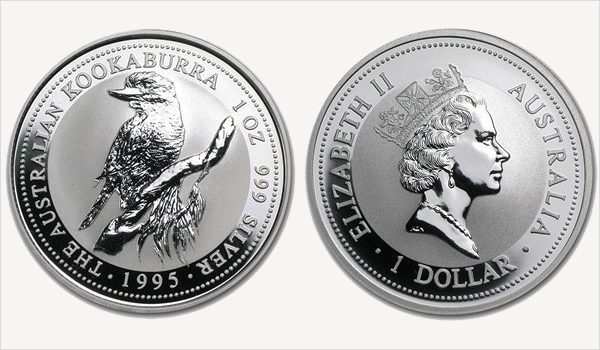
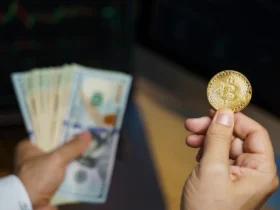


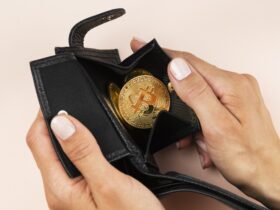
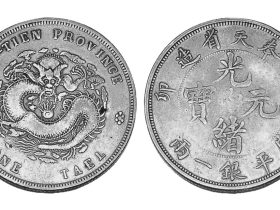
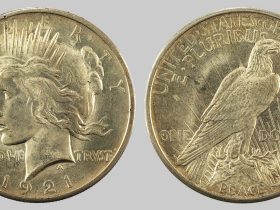
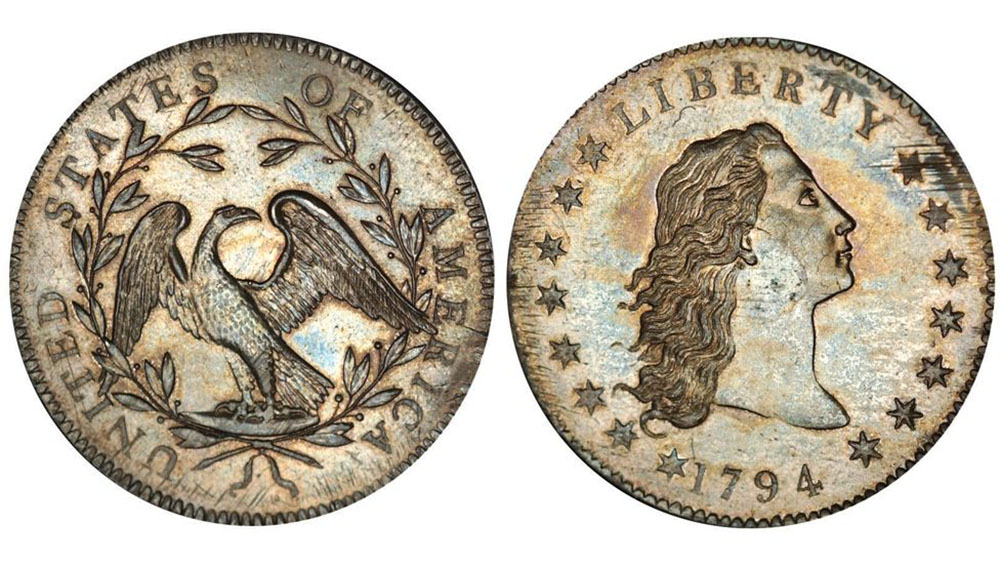


Leave a Reply